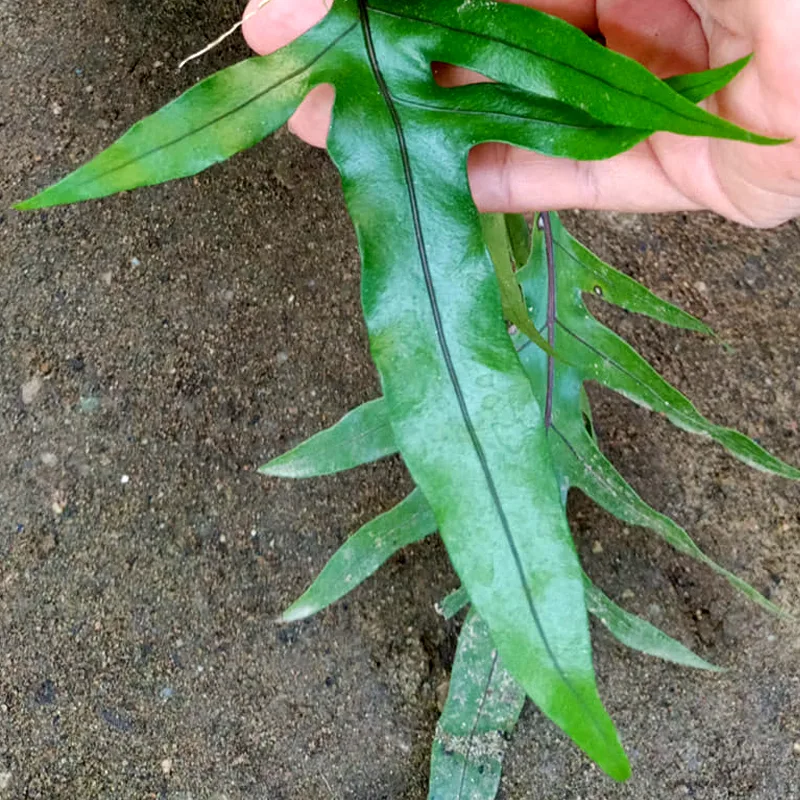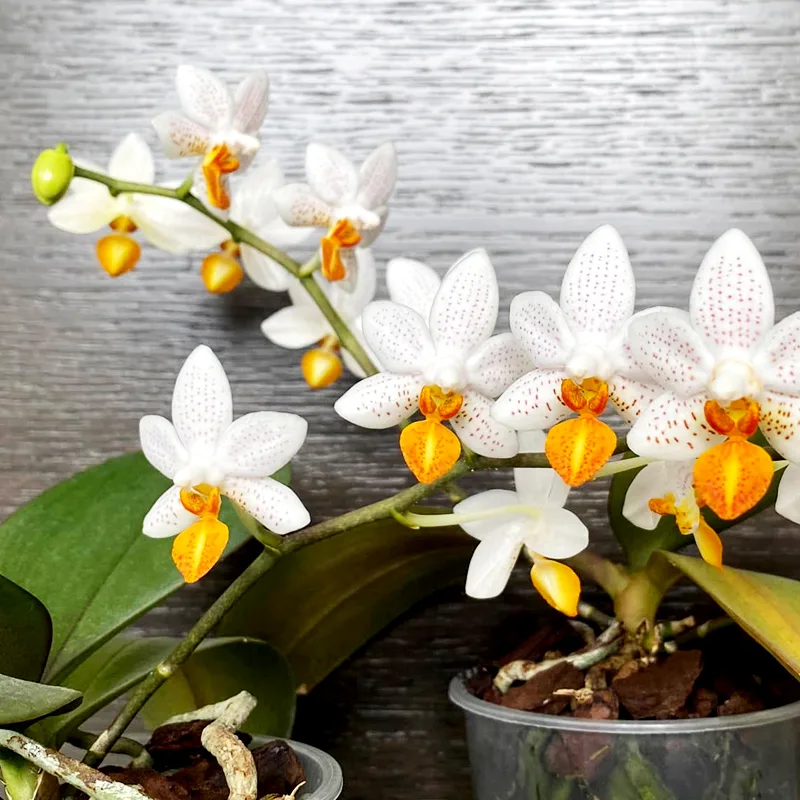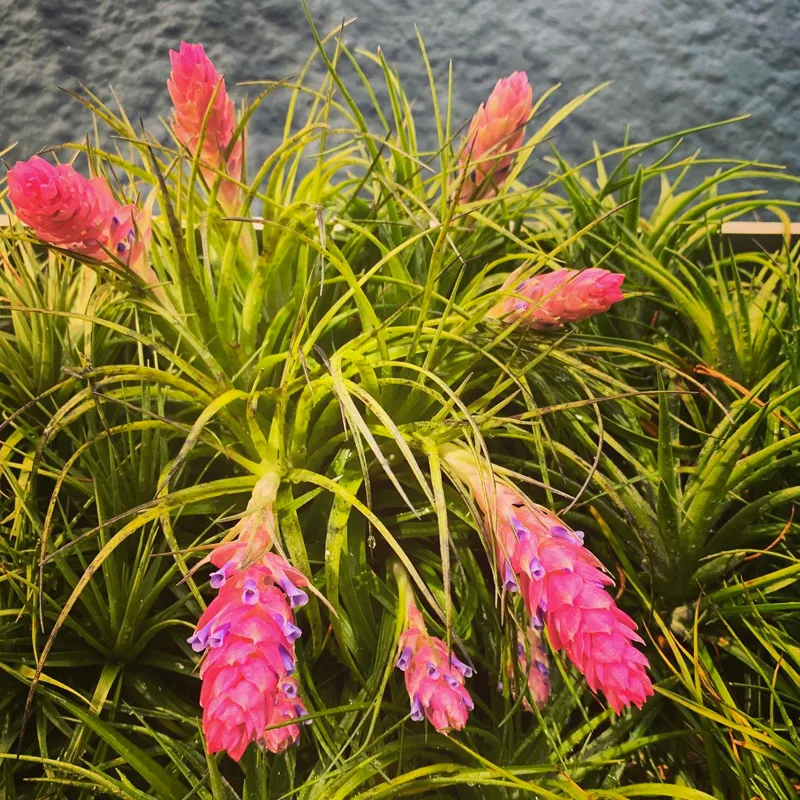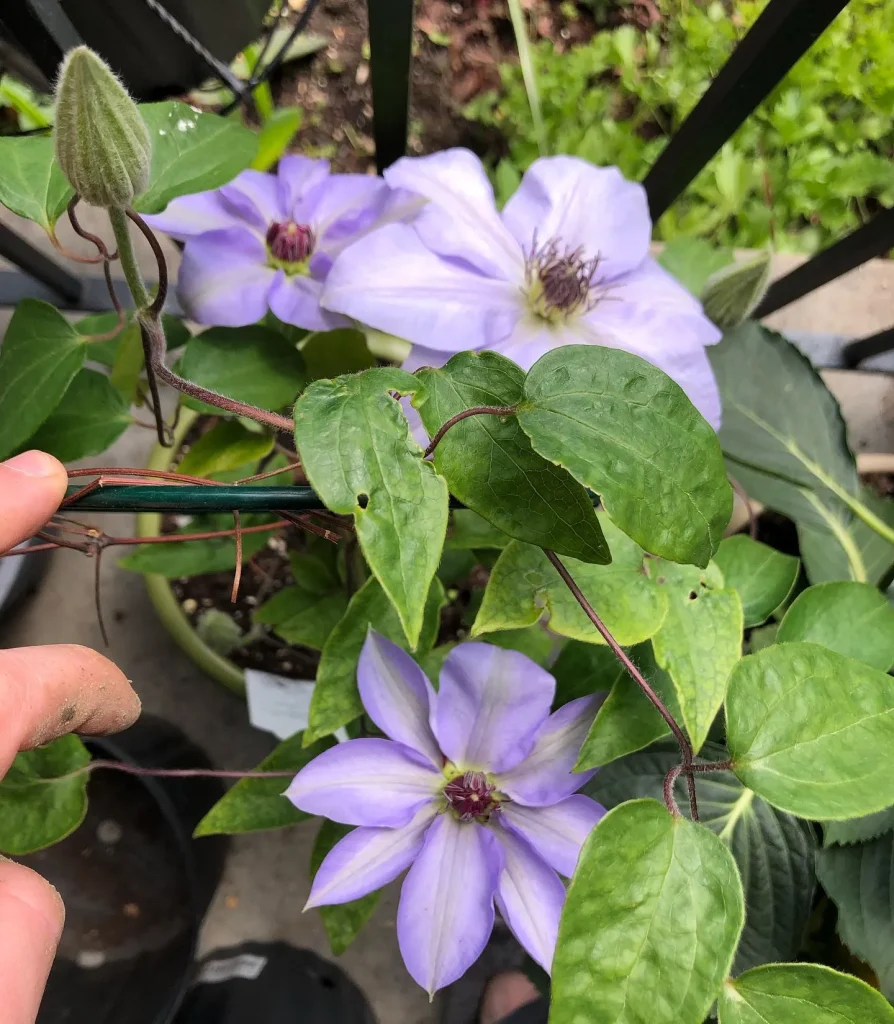
Frequently Asked Questions About Pyrus Ussuriensis
When I first encountered Pyrus Ussuriensis, commonly known as the Ussurian Pear, I was curious about its unique characteristics and care requirements. This tree isn’t as well-known as some of its pear relatives, so I wanted to dive deep into its specifics. Here are some of the most frequently asked questions I came across.
80 Species in Genus Pyrus – Pears
What Is Pyrus Ussuriensis?
Pyrus Ussuriensis, or the Ussurian Pear, is a deciduous tree native to northeastern Asia, specifically in areas like Manchuria, Korea, and parts of Japan. This species is known for its resilience and adaptability to cold climates. It features small, glossy green leaves and produces attractive white flowers in the spring, followed by small, ornamental pears. The Ussurian Pear is valued for its hardiness and beautiful fall color, which can range from yellow to deep red.
Is Pyrus Ussuriensis Native?
Yes, Pyrus Ussuriensis is native to northeastern Asia. It thrives in the temperate climates of Manchuria, Korea, and parts of Japan. Its natural habitat consists of regions with cold winters, which is why it has evolved to be quite hardy, surviving temperatures that might be too harsh for other pear varieties.
How to Care for Pyrus Ussuriensis?
Caring for Pyrus Ussuriensis is relatively straightforward. It prefers full sun to partial shade and well-drained soil. It’s a low-maintenance tree that can handle a range of soil types, from sandy to clay, as long as it’s well-draining. Regular watering is important, especially during dry spells, but overwatering should be avoided to prevent root rot. Pruning is generally minimal, focusing on removing any dead or crossing branches to maintain a healthy structure.
How to Propagate Pyrus Ussuriensis?
Propagating Pyrus Ussuriensis is typically done through seeds or grafting. To propagate from seeds, you should collect and clean the seeds, then stratify them in a cold environment for a few months before planting. Grafting, on the other hand, is often used to reproduce specific cultivars or traits. It’s usually done onto rootstocks like Pyrus calleryana or Pyrus communis, which can support the growth of the Ussurian Pear.
What Is Pyrus Ussuriensis Mordak Grafted Onto?
Pyrus Ussuriensis Mordak is a cultivar of the Ussurian Pear that is often grafted onto rootstocks like Pyrus calleryana or Pyrus communis. These rootstocks are chosen for their compatibility with the Ussurian Pear and their ability to improve the overall vigor and disease resistance of the grafted tree.
Pyrus Ussuriensis vs Calleryana
Comparing Pyrus Ussuriensis to Pyrus calleryana, commonly known as the Bradford Pear, highlights some key differences. While both species produce attractive flowers and have ornamental value, Pyrus calleryana is more commonly used in urban landscaping due to its faster growth and more uniform shape. However, Pyrus calleryana has been criticized for its invasive tendencies and weak wood, which can lead to issues in stormy weather.
In contrast, Pyrus Ussuriensis is generally more hardy and better suited to colder climates. Its growth is slower, and it has a more natural, less uniform appearance. This species is also less prone to the issues of weak wood and invasive behavior seen in Pyrus calleryana.
What to Plant With Pyrus Ussuriensis?
When planting Pyrus Ussuriensis, consider companion plants that complement its growth habits and enhance the garden’s overall aesthetic. Plants like low-growing ground covers or ornamental grasses can provide a nice contrast to the Ussurian Pear’s stature. Additionally, flowering shrubs or perennials that bloom around the same time as the Ussurian Pear can create a visually appealing landscape. Avoid planting aggressive ground covers or large shrubs that might compete with the pear’s roots or shade it excessively.
Can You Grow Pyrus Ussuriensis Indoors?
Growing Pyrus Ussuriensis indoors is generally not practical. This tree requires a significant amount of space and thrives in full sun, which is difficult to provide indoors. Additionally, it needs a period of dormancy during the winter, which can be challenging to simulate in an indoor environment. It’s best suited for outdoor gardens or landscapes where it can grow to its full potential.
Is Pyrus Ussuriensis Toxic?
Pyrus Ussuriensis is not considered toxic to humans or pets. However, as with many plants, it’s a good idea to prevent ingestion of the fruit or leaves by children and pets to avoid any potential digestive discomfort.
Benefits of Pyrus Ussuriensis
The Ussurian Pear offers several benefits. Its cold hardiness makes it an excellent choice for regions with harsh winters. The tree’s ornamental flowers and fall color provide year-round interest in the garden. Additionally, it is relatively low-maintenance compared to other ornamental pear trees.
Common Problems with Pyrus Ussuriensis
While Pyrus Ussuriensis is quite resilient, it can face some issues. Pests like aphids or scale insects can occasionally affect the tree, leading to leaf damage. Additionally, like many fruit trees, it can suffer from fungal diseases such as powdery mildew or rust if not properly cared for. Regular inspection and appropriate treatment can help mitigate these problems.
In summary, Pyrus Ussuriensis is a hardy and attractive tree that can be a great addition to a garden, especially in colder climates. Understanding its care needs and characteristics helps ensure it thrives and remains a beautiful part of your landscape.
If i die, water my plants!



